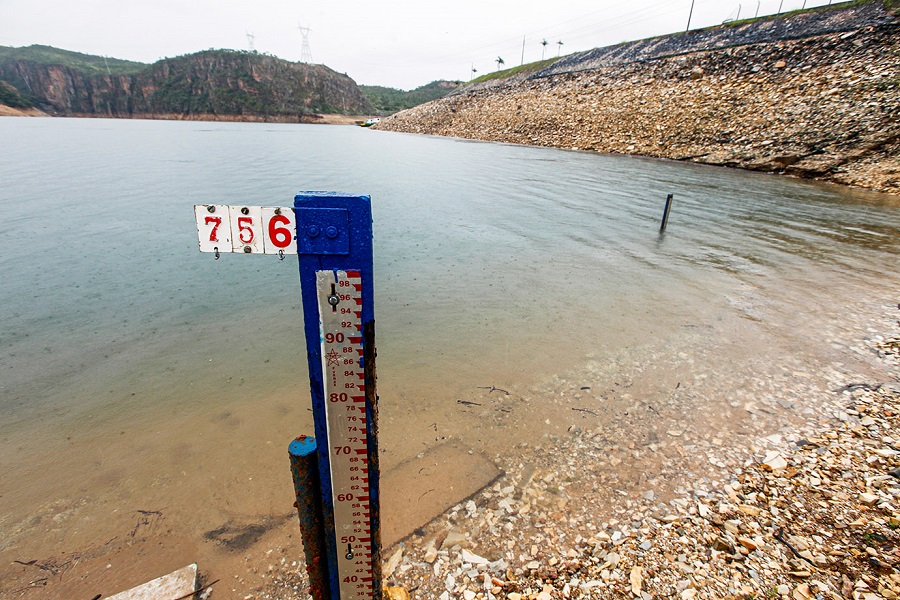RIO DE JANEIRO, BRAZIL – The long drought has now left the main power generation reservoirs in Rio de Janeiro and São Paulo states with a useful volume below 40%. The shortage of rain is also affecting water supply in a number of cities.
According to data from the Reservoir Monitoring System of the National Water Agency (ANA), the Paraibuna reservoir is at 27.20% of its useful volume, Jaguari at 29.32%, Santa Branca at 19.78%, and Funil at 38.83%. The first two belong to São Paulo Power Company (CESP) and the latter to Light, a Rio de Janeiro supplier.

Part of the system was shut down in 2015 for lack of water. The National Electric System Operator (ONS) on Thursday, August 26, said it would be necessary to guarantee additional energy production from October to meet the demand that could not be supplied by the country’s hydroelectric plants.
Data from ANA’s National Interconnected System (SIN) on Saturday showed a volume of 44.35% in reservoirs, lower than the volume registered in the same period in the last four years. A year ago, the volume stood at 58.27%.
WATER
The Rio de Janeiro State Company of Water and Sewage (CEDAE) reported last week that the drought is affecting water supply in some regions, such as the Beija-Flor Dam, which supplies Granja Guarani, in Teresópolis, in the mountainous region, and is operating at 30% capacity.
In the Andrade Costa district, in Vassouras, center-south region of the state, CEDAE’s treated water production is operating at 60% capacity. The Imunana-Laranjal system, which serves São Gonçalo, Niterói, Itaboraí and part of Maricá, all in the metropolitan region, is at a reduced capacity of 88%.
In the state of São Paulo, SABESP announced that yesterday the Cantareira reservoir was at 37.4% of its operational volume, the Alto Tietê at 44.6% and the Guarapiranga at 49.2%. With the amount of rainfall in August, the last two reached 56% of their historical average and Cantareira stands at 62% of what is expected for the month.
In Minas Gerais, the level of the Paraopebas system reservoirs stands at 76.6% and the rainfall during the month of August reached more or less the historical average, doubling the expected volume for the month in the producing system of Manso River. The data refers to yesterday (29), released by the Minas Gerais Sanitation Company (COPASA).

